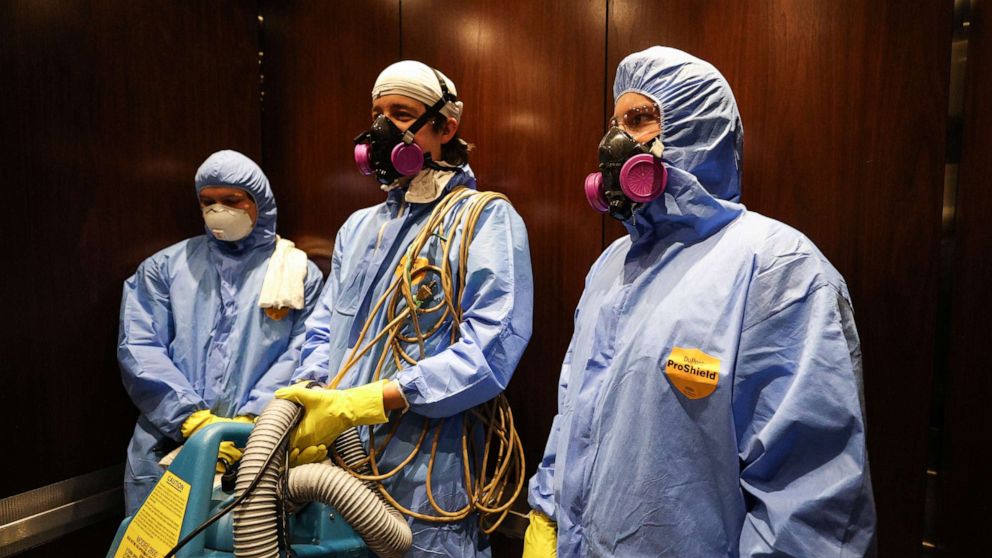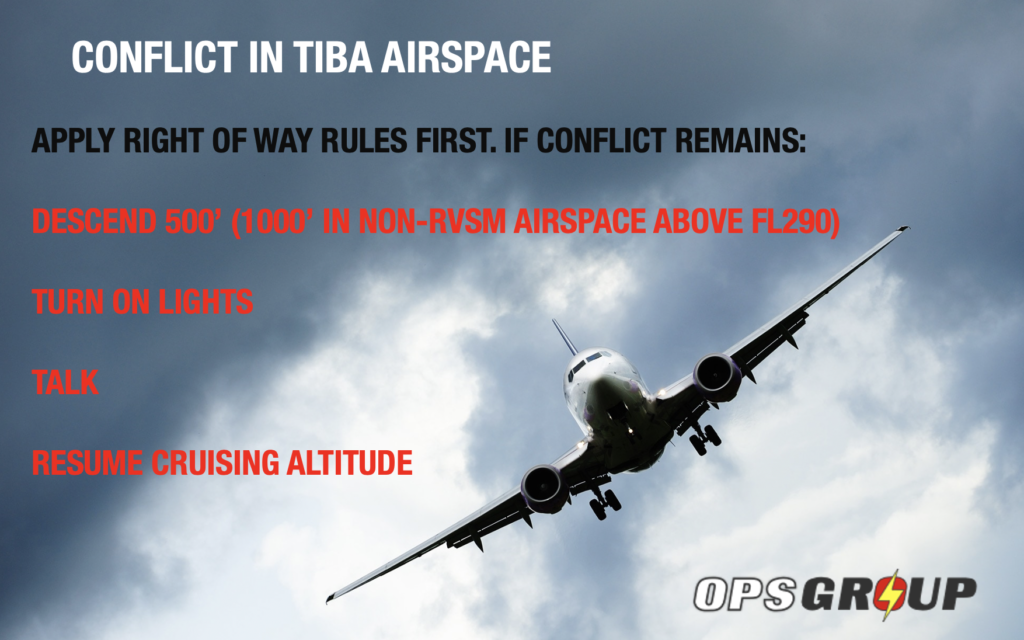IFALPA has issued a new safety bulletin this week expressing concerns that existing US FAA contingency procedures that allow aircraft to continue using Class A airspace during ‘ATC Zero’ events are inadequate. They argue that the procedures expose aircraft to unacceptable risk and that more needs to be done to ensure their safety.
ATC Zero Events have become more common
Before Covid, ATC Zero events were quite rare. They’d usually only occur if controllers were forced to evacuate a facility. Fire, a force of nature, bomb threat – those sorts of things.
But then Covid came along and as we all know, it is super contagious. Amidst border closures and quarantine and testing rules, a new threat began to emerge in our skies.
ATC facilities began to be impacted by Covid infections, and short notice closures for cleaning have become a constant risk.
Last year we published an article on how to manage ATC Zero events in Oceanic Airspace after the New York ARTCC shut down affecting traffic crossing the NAT. The US FAA were sufficiently concerned that they published their own SAFO.
However since then the US has continued to be affected by ATC Zero events over land which affect large portions of Class A airspace, often for hours at a time.

Covid cleaning can take hours.
What the FAA have to say about it
The FAA are satisfied that it is safe for aircraft to continue using Class A airspace when no ATC services are available, as long as you follow contingency procedures.
What contingency procedures?
Well, they can be broken down into two parts.
- When an ATC Zero event is scheduled, a NOTAM will be published. It will restrict traffic to specific routes through the affected airspace which contain compulsory reporting points. If you don’t intend to the fly the prescribed routes, you’re not allowed in.
- TIBA – Traffic Information Broadcasts by Aircraft. The FAA expects you to use them. Recent feedback from members who have operated under these conditions indicate that many aircraft either don’t know, or are choosing not to use them while operating in ATC Zero airspace. That in itself is concerning.

Part of a sample NOTAM with required routes through ATC Zero airspace. How’s that head ache?
So what exactly are the TIBA procedures?
You can find them in ICAO Annex 11, or buried in lengthy NOTAMs if you prefer your procedures capitalised, abbreviated and barely punctuated.
Here’s a quick unofficial rundown:
1. Dial up your TIBA frequency. If you have two VHF comms, leave one on the normal ATS frequency to listen out for a controller.
2. Maintain a listening watch on the TIBA frequency.
3. In most cases you’ll need to remember ’10 minutes’. A radio call is required 10 minutes before entering the affected airspace, or if you have just taken off from an airport within the airspace as soon as you can.
4. Enroute, you’ll need to make routine position reports:
- 10 minutes before crossing a reporting point
- 10 minutes before you cross or join an airway.
- And if your waypoints are really far apart, make a call every 20 minutes.
5. If you’re changing levels you need to make a radio call 2-5 minutes beforehand.
So what do you actually need to say?
The short answer: Who you are, what level you’re at, where you are and where you’re going next.
The slightly longer answer:
- ALL STATIONS - Call Sign - FLIGHT LEVEL - AIRWAY (or direct to/from) - POSITION AT TIME - ESTIMATING (next reporting point or crossing/joining airway) AT TIME AND FLIGHT LEVEL
Don’t forget to listen
It’s important to remember: When you enter Class A airspace during an ATC Zero event, you are responsible for your own separation. You’re on your own. Which means you need to hear and be heard.
What if a conflict is likely?
There’s a procedure for that too. If you can’t solve the problem with right of way rules, here’s what you need to do:
So why are IFALPA worried?
For starters, there may be aircraft operating in Class A airspace without TCAS which greatly increases the risk of a collision. Secondly there is a lack of training standards about how to apply the contingency procedures. Lastly given that no one is watching, you may be exposed to other aircraft breaching the regs.
Until things change, they recommend you avoid the affected airspace by flight planning around it. If that’s not practical here are their suggestions:
- Minimise the risk by taking the shortest possible path through it.
- Make sure you review the contingency procedures beforehand.
- Make sure there are no procedures in your in your manuals that will be affected by a lack of ATC.
- Submit a safety report afterwards.
The threat remains
ATC Zero events are likely to continue in the near term, along with the risks they pose. It is important that pilots take those properly into account before they enter affected airspace.
Love them or hate them, sticking to the contingency procedures like glue is everyone’s biggest risk mitigator until new or better ones eventually come along.
More on the topic:
- More: US Shutdown Ends and FAA Lifts Flight Restrictions
- More: Updated FAA Oceanic Guides
- More: FAA Housekeeping: Foreign Instrument Procedures, Approach Chart Clutter
- More: FAA License Holders Abroad – You’ll Need A US Address Soon
- More: Visual Approaches: When To Say No
More reading:
- Latest: Mexico Customs Surprises: Pills, Vapes, and Laptop Rules
- Latest: Greenland NAT Alternates: Dec 2025 Update
- Latest: Crossing the Quiet South: From Australia to Argentina
- Safe Airspace: Risk Database
- Weekly Ops Bulletin: Subscribe
- Membership plans: Why join OPSGROUP?












 Get the famous weekly
Get the famous weekly 






Guys, thanks for this link:
“Read this in the cruise! Save as PDF”
Very handy!